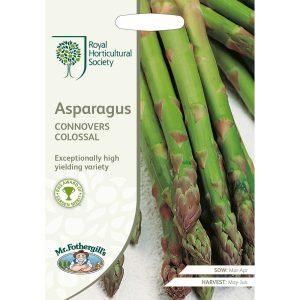Description
Achillea ‘Desert Eve Cream’ is a stunning perennial plant that produces masses of creamy-yellow flowers atop upright stems in summer. Its finely-cut, fern-like leaves provide an attractive backdrop to the delicate blooms. This hardy plant is drought-tolerant and thrives in sunny, dry locations, making it perfect for rock gardens or xeriscapes. It also attracts butterflies and other pollinators to the garden. For a beautiful contrast, pair ‘Desert Eve Cream’ with other drought-tolerant plants such as Lavender, Agastache, or Echinacea. With its gorgeous blooms and easy-care nature, this yarrow cultivar is a must-have for any garden.
Key Facts
- Common Name(s):Yarrow ‘Desert Eve Cream’
- Hardiness:Fully hardy
- How big will I get? Achillea ‘Desert Eve Cream’ can grow to a height of 0.5m and a spread of 0.5m.
- Did You Know That:The name Achillea comes from the Greek character Achilles who was said to treat his wounds with the plant?
Plant Calendar
A rough guide to how this plant will change through the year.
JanFebMarAprMayJuneJulyAugSeptOctNovDec
| Flowering Time |  |
 |
 |
|||||||||
|---|---|---|---|---|---|---|---|---|---|---|---|---|
| Foliage Colour |  |
 |
 |
 |
 |
 |
 |
 |
 |
 |
 |
 |
JFMAMJJASOND
 |
 |
 |
|||||||||
 |
 |
 |
 |
 |
 |
 |
 |
 |
 |
 |
 |
Care Guide
Soil Requirements
Achillea ‘Desert Eve Cream’ is a versatile plant and can cope with wet or drier soils, but prefers there to be decent drainage. This plant can grow in soil with a wide range of pH levels, it is not picky about the pH level of the soil.
Best Position
Achillea ‘Desert Eve Cream’ can handle either an exposed or a sheltered position and requires full sun to thrive, this consists of more than six hours of direct sunshine per day.
Maintenance
Achillea ‘Desert Eve Cream’ should be deadheaded regularly to encourage more blooms. This will prevent the plant spending energy producing seed, any remaining foliage can then be cut back in early Spring to encourage growth through the growing season.
Pest, Diseases and Wildlife
Achillea ‘Desert Eve Cream’ can have problems with aphids, it can be vulnerable to certain diseases such as powdery mildews. It is also known to attract bees, butterflies, birds and other pollinators. It is toxic to cats, dogs and horses.






